Blog
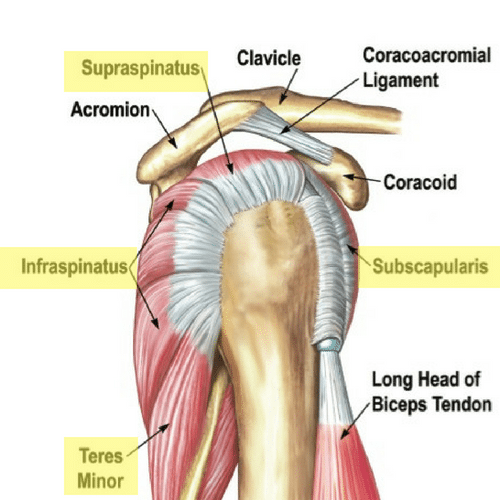
Rotator Cuff: “The Core” of the Shoulder
When was the last time you thought: “I think I’ll go to the gym and work on my rotator cuff.” We should think this way, but we don’t. One of the main culprits of shoulder pain is a lazy rotator cuff. We don’t see it, so we forget about it. However, this group of muscles is active…
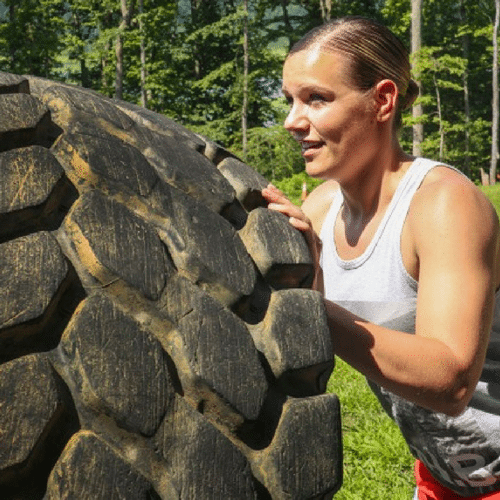
Movement Compensation: The Body’s Response to Pain
The human body is super smart and will keep us moving through just about anything. But, within that sentence lies the problem. We are programmed to “work through the pain” or “wait it out” because the pain will eventually just go away. Unfortunately, that’s not how it works. When we experience pain, our body will create a…
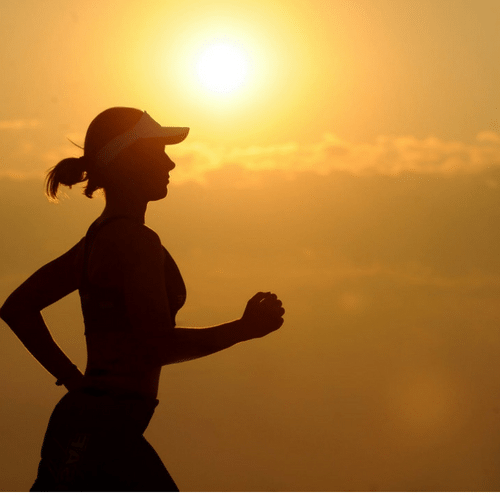
Video Blog: “Lean Into the Wind”
Last month, Pilates for Triathletes Run Part II: “Lean Into the Wind” was published in the Pilates for Triathletes Series. The blog discussed the importance of neutral spine for optimal running. This is a continuation of that blog post. Below is a short video (2:16 min) on how to master: “Lean Into the Wind.”
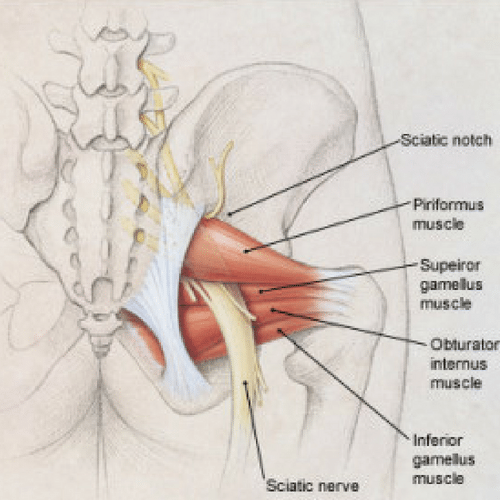
Piriformis Syndrome: It’s Not About the Tennis Ball
Here we go. I believe the common treatment protocol for piriformis syndrome is not addressing the real issue. I understand this may stir some clinical debate, but as a PT who treats the cause of pain and not the area of pain, it doesn’t make sense to just treat the piriformis muscle. Currently, stretching, manual therapy and…
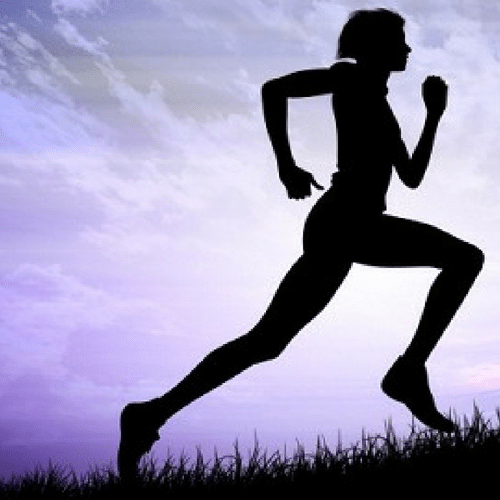
Pilates for Triathletes Run Part II: “Lean Into the Wind”
Running. You either love it or you hate it. But, because it is a convenient form of exercise, a lot of people choose to run…with or without the love. And, most runners don’t usually think about their trunk position while running; they just get up and run. However, the position of the spine in space has significant impact on musculoskeletal…
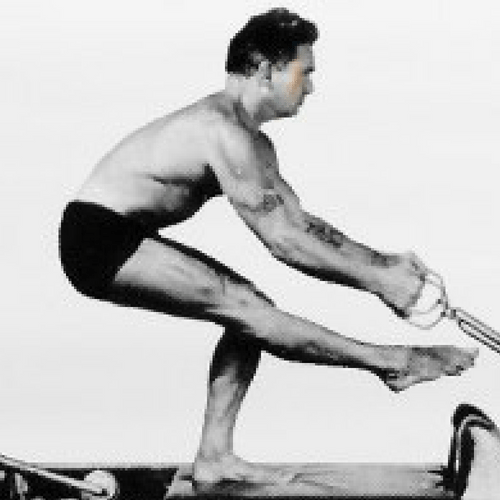
Pilates for Triathletes Run Part I: The Single Leg Squat
Whether you’re the occasional, recreational, or elite runner, there is one common link that should exist between all runners. It is independent of how the foot hits the ground or if the shoe is $50 or $250. It is also independent of age. The common link that should exist with all runners is: a strong, stable and efficient hip-pelvic-core complex. The parts…
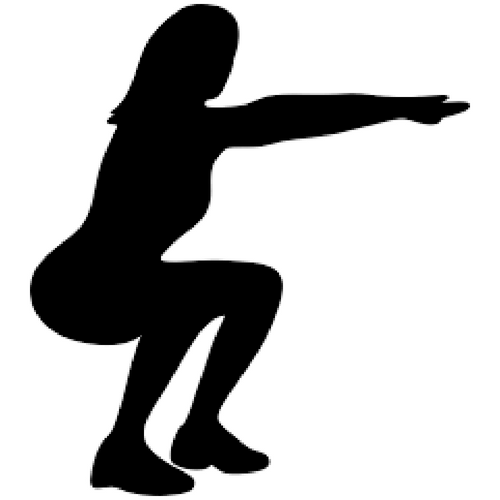
The Squat: How Low Should You Go?
The squat is a functional movement essential to transfer our body weight down and back up through space. It allows us to hover near the ground for work in the garden, to sit down into a chair and to get us low enough to grab a pan in a bottom cabinet. It’s a great movement (and exercise) that…
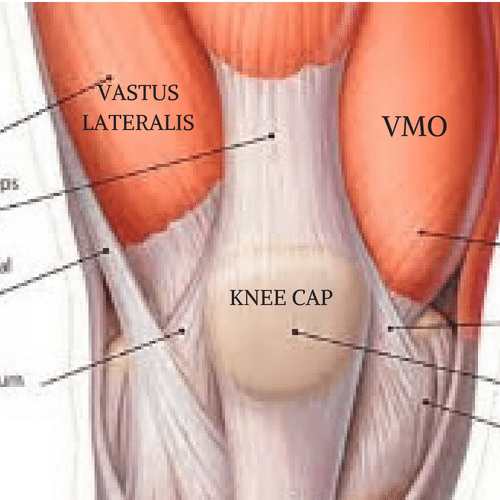
Pilates for Triathletes Bike Part II: The Pursuit of Apolo Ohno’s Legs
A few weeks ago, a patient of mine posted this photo to Facebook. She qualified for Kona this year and raced with the famous olympic speed skater, Apolo Ohno. At her PT session that morning we discussed lower leg biomechanics and the muscle development required to avoid injury during the next race season. I mentioned the leg muscles…
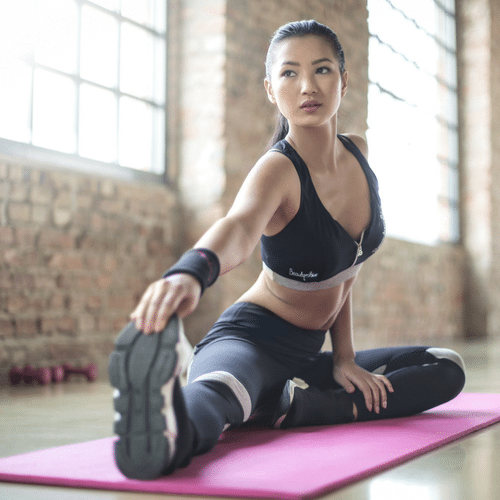
To Stretch or Not To Stretch?
That is the question. Some experts say no, some say yes. Should you stretch before a workout? Should you stretch after a workout? Is stretching really that important? It’s confusing out there on the world-wide web. This post will focus on some pretty great research in the stretching department as it relates to muscle strength.
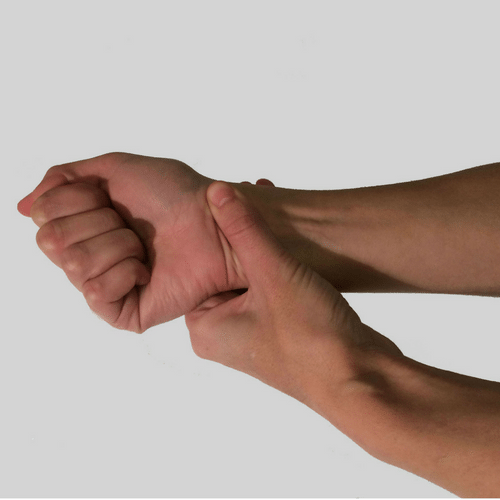
Carpal Tunnel Syndrome (CTS): Patient follow-up at 6 months
One of the first blog posts I wrote was: Carpal Tunnel Syndrome (CTS): Is surgery the only option? I was treating a patient at the time who was told by several people that surgery was her only option. She decided to give physical therapy a shot; one last-ditch effort before surgery. Since that time, several of you have…
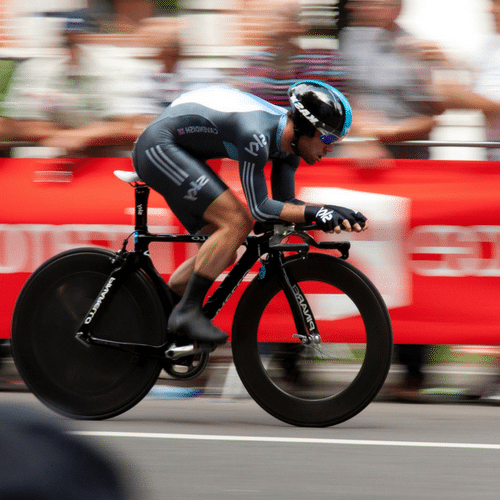
Pilates for Triathletes Bike Part I: Pelvic Position for Cycling
This post applies to anyone who rides a bike. From the casual rider to the elite triathlete, one of the most important principles to master is a comfortable pelvic position on the bike. It should not feel effortful, but the pelvic should gently tilt posterior so the ischial tuberosities (sit bones) are in contact with the seat. This requires back…
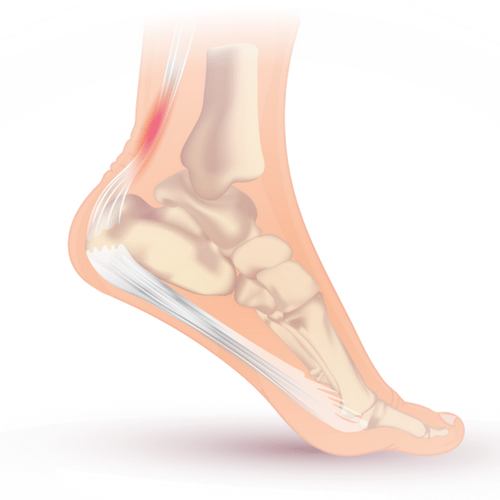
Achilles Tendonitis: Overload that Tendon!
Achilles pain is one of the most common lower leg injuries and it can be very debilitating. Although it is usually associated with runners, it can affect anyone including: cyclists, walkers, new shoe wearers and basketball players. If the achilles pain is chronic (usually more than 1 month), there is one common exercise I prescribe to all…
- « Previous
- 1
- 2
- 3
- 4
- Next »
